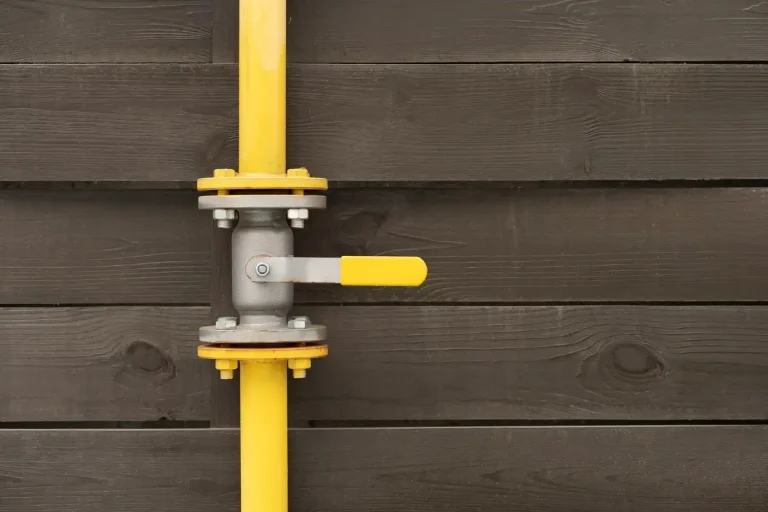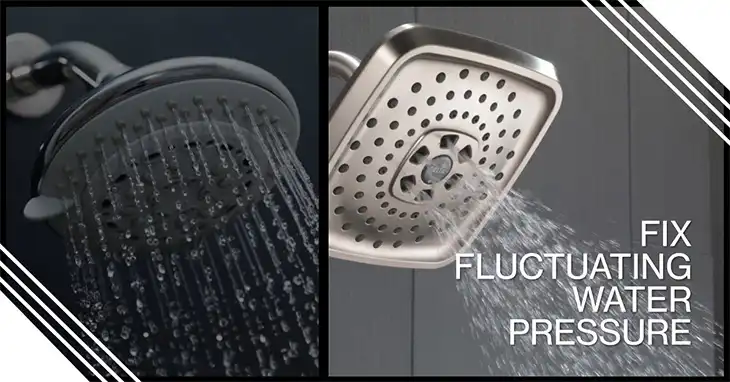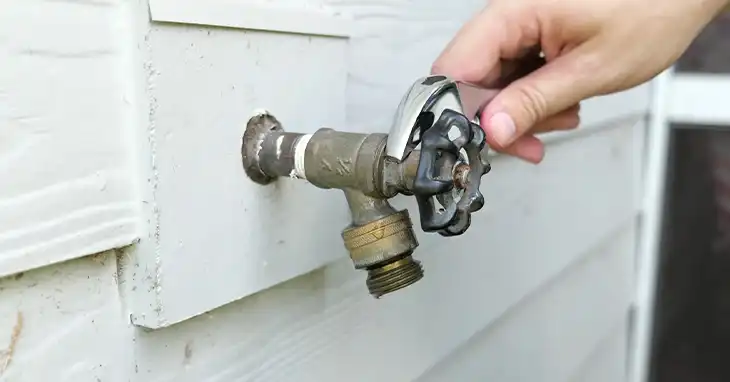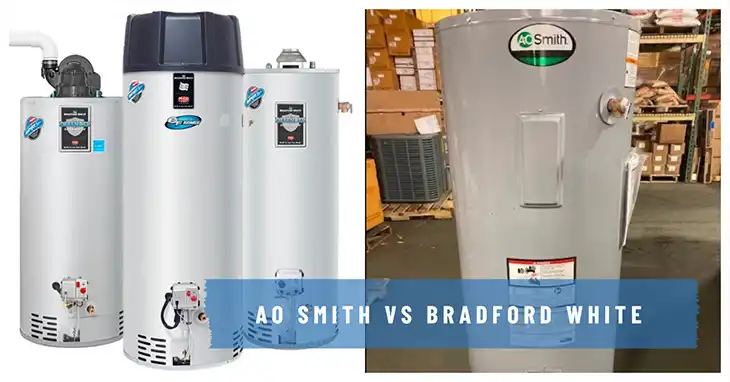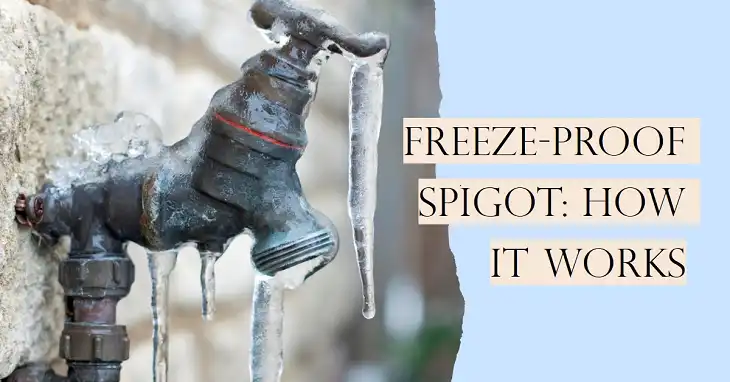Running a Gas Line to Your Garage | A Complete Guide
Having a gas line in your garage opens up a world of possibilities. Whether you’re looking to install a powerful space heater, a convenient dryer, or an energy-efficient water heater, a dedicated gas line can make it all happen. However, working with gas lines is no simple task. Safety should always be your top priority, and following proper procedures is crucial to ensuring a successful and risk-free installation.
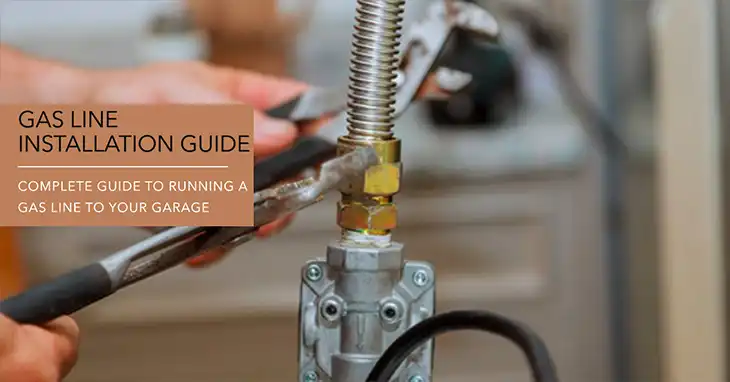
Planning and Preparation
Before you dive into the project, it’s essential to understand your needs and plan accordingly.
Understanding Your Needs
Start by determining the types of gas appliances you plan to use in the garage. Common options include heaters, dryers, and water heaters. Next, calculate the British Thermal Unit (BTU) demands of your appliances. This information will help you determine the required gas line size to ensure adequate gas flow and pressure.
For example, a standard residential gas furnace may require around 100,000 BTUs, while a gas dryer might need 35,000 BTUs. If you plan to install multiple appliances, you’ll need to add up their individual BTU demands to determine the total load.
It’s also wise to consider potential future expansion plans. If you think you might add more gas appliances down the road, it may be better to install a larger gas line now to accommodate future needs.
Calling Before You Dig (811)
Before you start digging, it’s crucial to locate any underground utilities in the area to avoid accidentally damaging them. In the United States, you can call 811 to have utility companies mark the locations of their lines. This service is free, and it’s required by law in many areas.
Once you’ve submitted a request, you’ll typically need to wait a few business days for the utility companies to send representatives to mark the lines. Pay close attention to the color codes and markings, and maintain a safe distance from any marked utility lines during your excavation.
Permits and Inspections (if applicable)
When running a gas line, you’ll likely need permits and inspections from local authorities. Requirements are set by your city or county, not the state. Visit your local city hall or municipal offices to inquire about specific permits needed and inspection requirements. Crucially, ask if homeowners can perform the installation themselves or if a licensed professional is mandatory. Obtaining proper permits and scheduling inspections ensures compliance with local codes and safety standards. Skipping this step can result in fines or having to redo the installation. Research and follow local guidelines thoroughly for a safe, legal gas line project.
Materials and Tools Necessary to Run the Gas Line
Selecting the right materials and having the proper tools on hand is essential for a successful gas line installation.
Gas Line Options
When it comes to gas line materials, you have several options:
- Rigid Black Iron Pipe: This is a durable option, but it requires threading for connections, making it more complex for DIY installations.
- Corrugated Stainless Steel Tubing (CSST): CSST is a flexible option that’s easier to install than black iron pipe. However, it requires special flaring tools for making connections.
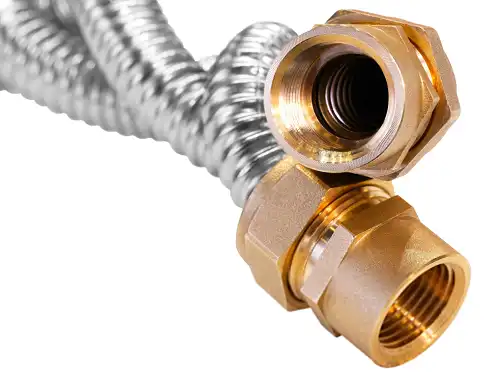
- Polyethylene (PE) Pipe: PE pipe is commonly used for underground installations. It requires heat fusion for connections and may not be suitable for all applications depending on your local codes.
Your choice of material will depend on factors such as cost, installation complexity, and local code requirements. For example, CSST may be a more accessible option for DIYers, while black iron pipe is often preferred for its durability in commercial or industrial settings.
Essential Tools
Regardless of the material you choose, you’ll need a few essential tools:
- Shovel and trenching tool (optional) for digging the trench
- Pipe cutter, threading tools (if using black iron pipe), flaring tools (if using CSST)
- Wrenches and screwdrivers for making connections
- Safety gear, including gloves and eye protection
Additionally, you’ll need pipe fittings and connectors (elbows, tees, couplings, etc.), pipe bedding materials (sand, gravel, etc.), pipe marking materials (for underground identification), and shut-off valves and regulators.
Running the Gas Line
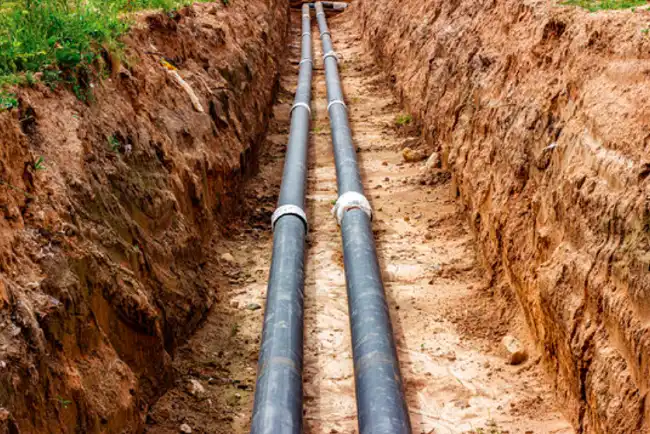
With your materials and tools in hand, it’s time to start the installation process.
Trenching
The first step is to dig a trench for the gas line. Determine the optimal route and depth for the trench based on local codes and the locations of any underground utility lines. Typically, a depth of 12-18 inches is recommended for gas lines.
Use proper trenching techniques, such as sloping or shoring, to ensure safety during excavation. Prepare the trench bed with appropriate bedding materials (e.g., sand or gravel) before laying the pipe.
Laying the Pipe
Follow the manufacturer’s instructions for installing your chosen pipe material. This may involve techniques such as threading for black iron pipe, flaring for CSST, or heat fusion for PE pipe.
Take care to avoid kinks or excessive bending when working with flexible materials like CSST. Install shut-off valves, regulators, and other necessary components according to the manufacturer’s guidelines and local codes.
Entering the Garage
When the gas line reaches your garage, you’ll need to penetrate the wall or foundation using an approved method, such as a firewall sleeve. Install a shut-off valve inside the garage for easy access and control.
Testing and Completion
Once the gas line is installed, it’s crucial to have it pressure-tested by a professional to ensure there are no leaks.
Pressure Testing
Pressure testing is a critical step that should never be skipped. A licensed professional will use specialized equipment to pressurize the gas line and check for any drops in pressure, which could indicate the presence of a leak.
If a leak is detected, the issue must be addressed and the line re-tested until it passes inspection. Only then can you proceed with connecting your gas appliances.
Connecting Appliances
To ensure safe and proper operation, it’s best to hire a licensed plumber to connect your gas appliances to the new line. They’ll ensure that each appliance is compatible with the installed gas line and that all connections are made correctly.
Proper venting and air supply are also essential for gas appliances to function safely and efficiently.
Safety Considerations
Working with gas lines and appliances comes with inherent risks, so safety should be your top priority throughout the process and beyond.
Gas Leak Detection and Response
Be aware of the signs of a gas leak, such as a rotten egg odor, dizziness, or nausea. If you suspect a leak, evacuate the area immediately and call emergency services.
Consider installing gas detectors with automatic shut-off valves for added safety. These devices can detect gas leaks and automatically shut off the gas supply, potentially preventing disasters.
Regular inspections and maintenance of your gas lines and appliances are also crucial for identifying and addressing any potential issues before they become major problems.
Carbon Monoxide Safety
Gas appliances can produce carbon monoxide (CO), an odorless, colorless gas that can be deadly if inhaled in high concentrations. Proper ventilation in your garage is essential to prevent CO buildup.
Install CO detectors in your garage and living areas, and never operate gas appliances in enclosed spaces without adequate ventilation.
Fire Safety
Gas lines and appliances also pose fire hazards. Maintain proper clearances around gas appliances to prevent combustible materials from igniting. Keep a fire extinguisher readily available in your garage, and ensure that everyone in your household knows the emergency shut-off procedures in case of a fire.
Wrap Up
Running a gas line to your garage can be a complex and potentially dangerous task, but with proper planning, the right materials and tools, and a commitment to safety, it can also be a rewarding project that adds convenience and value to your home.
Remember, safety should always be your top priority when working with gas lines and appliances. Follow local codes and regulations, hire licensed professionals when necessary, and never take shortcuts that could compromise your safety or the integrity of the installation.

